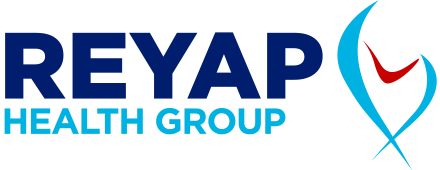The committees have been formed by the Quality Management Unit and the hospital management to ensure the effectiveness of quality management. Committees established within the framework of Quality Standards in Health can work in integration with other committees, commissions, and boards established within the scope of relevant legislation when necessary. The committees meet regularly, at least four times a year and when necessary, monitor the necessary improvement works related to their field of duty and determine the necessary training activities related to their field of duty. Our committees continue their work in the light of Quality Standards in Health, Accreditation Standards in Health and determined standards.
- Patient Safety Committee: The committee ensures the safety of the patients and their relatives in the services offered by the hospital, and by identifying the factors that may threaten their safety in advance, it organizes the services provided and the processes put forward for this purpose.
- Training Committee: In line with the hospital’s quality improvement activities, the committee provides the necessary trainings for patients/patient relatives and employees in an effective and effective manner.
- Facility Safety Committee: The committee is to establish the necessary infrastructure for continuous, safe and easily accessible service delivery for patients and employees.
- Blood Transfusion Committee: The Committee takes the necessary measures to ensure safety in terms of patients, donors and employees during the preparation, storage and transfer of blood and blood products.
- Pharmaceutical Management Committee: The Committee minimizes the risks to patients and employees in all processes involving pharmaceuticals, and ensures that the processes are carried out effectively and efficiently.
- Patient Rights Committee: The committee ensures the rights of patients and their relatives in the services provided by the hospital, and its services and processes are organized for this purpose.
- Breastfeeding and Breastfeeding Committee: The committee works to promote breastfeeding.
- Departmental Quality Officers Committee: Committee; It defines the roles and responsibilities of all personnel in the hospital, from the top management to the department employees, and creates the quality management structure, and within the framework of this structure, it plans, carries out and coordinates the quality improvement works and ensures the continuous improvement of the quality.
- Employee Health and Safety Committee: The Committee establishes a healthy working life by eliminating or minimizing the factors that threaten the safety and health of employees at the hospital.
- Infection Control Committee: The committee identifies and prevents risks related to infections that occur in healthcare services and threaten employees and patients.
- Radiation Safety Committee: The committee takes measures to reduce radiation exposure of patients and workers in radiation areas.
- Management Review Committee: The Committee ensures the appropriateness, adequacy, effectiveness, follow-up and continuity of quality management.
- Antibiotic Use and Rational Medicine Committee: The committee aims to ensure that the processes are carried out effectively and efficiently by minimizing the risks to the patient and the employee in all processes involving the drug.
- Clinical Quality Improvement Committee: The Committee monitors, evaluates and coordinates the practices carried out within the framework of the Turkish Clinical Quality Measurement and Evaluation System.
- Emergency and Disaster Management Committee: The committee is responsible for natural disasters such as earthquake, flood or fire, explosion, emergency medical intervention, etc. that may be encountered in the hospital. In emergency situations, it continues its efforts to prevent people and physical elements from being harmed or to minimize the damage they may suffer.
